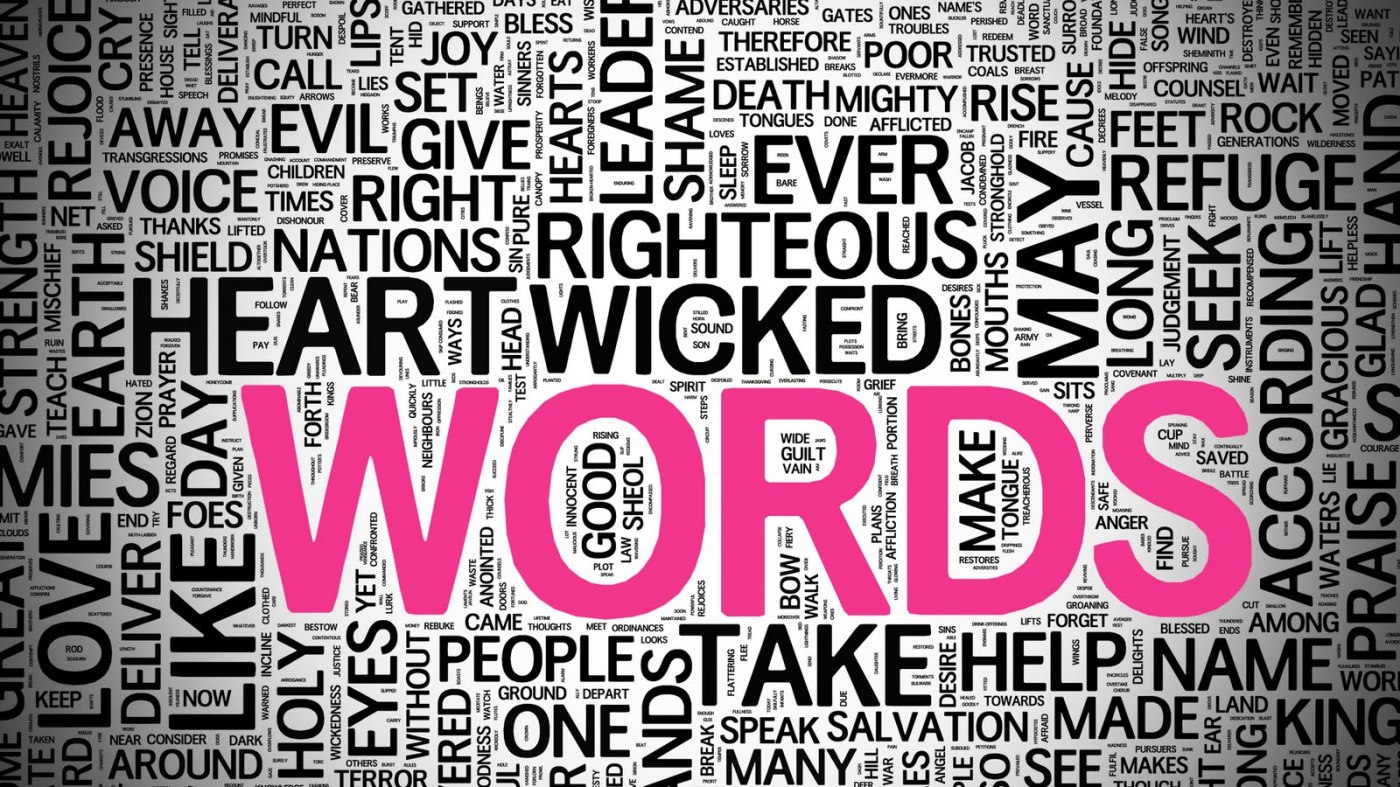What if I told you there was an element of predictability to how we speak and write?
Would you be shocked? Appalled? Well, such predictability exists, and it is known as Zipf’s law.
Zipf’s law states that the use of a word is inversely proportional to its place on the word frequency table. Think of “the,” which is the most used word in the English language, accounting for 7% of all words used. “Of,” the second most used word, makes up 3.5%. In terms of Zipf’s law, “of” is used half as many times as “the.”
The fascinating thing is that the pattern continues. “The” is used three times as much as “and,” the third most frequent word, and 973 times as much as “blue,” the 973rd most frequent.
Some researchers suggest Zipf’s law has to do with preferential attachment, where common words become even more common in a “rich get richer” scenario. Others, like Zipf himself, think it relates to the principle of least effort: people are likely to use the simplest words to communicate.
 If you’re not surprised by Zipf’s law yet, guess what? Zipf’s law goes beyond language. Its inversely proportional relationship between frequency and rank applies to major statistics like the population of cities in each country, and even strange statistics like the number of people watching the same TV channel.
If you’re not surprised by Zipf’s law yet, guess what? Zipf’s law goes beyond language. Its inversely proportional relationship between frequency and rank applies to major statistics like the population of cities in each country, and even strange statistics like the number of people watching the same TV channel. Is Zipf’s law just math, or is it proof that the universe is a program run by an advanced species? Either way, I resolve to use more unique words from now on. Rebellious, anyone?
Is Zipf’s law just math, or is it proof that the universe is a program run by an advanced species? Either way, I resolve to use more unique words from now on. Rebellious, anyone?



Leave a comment